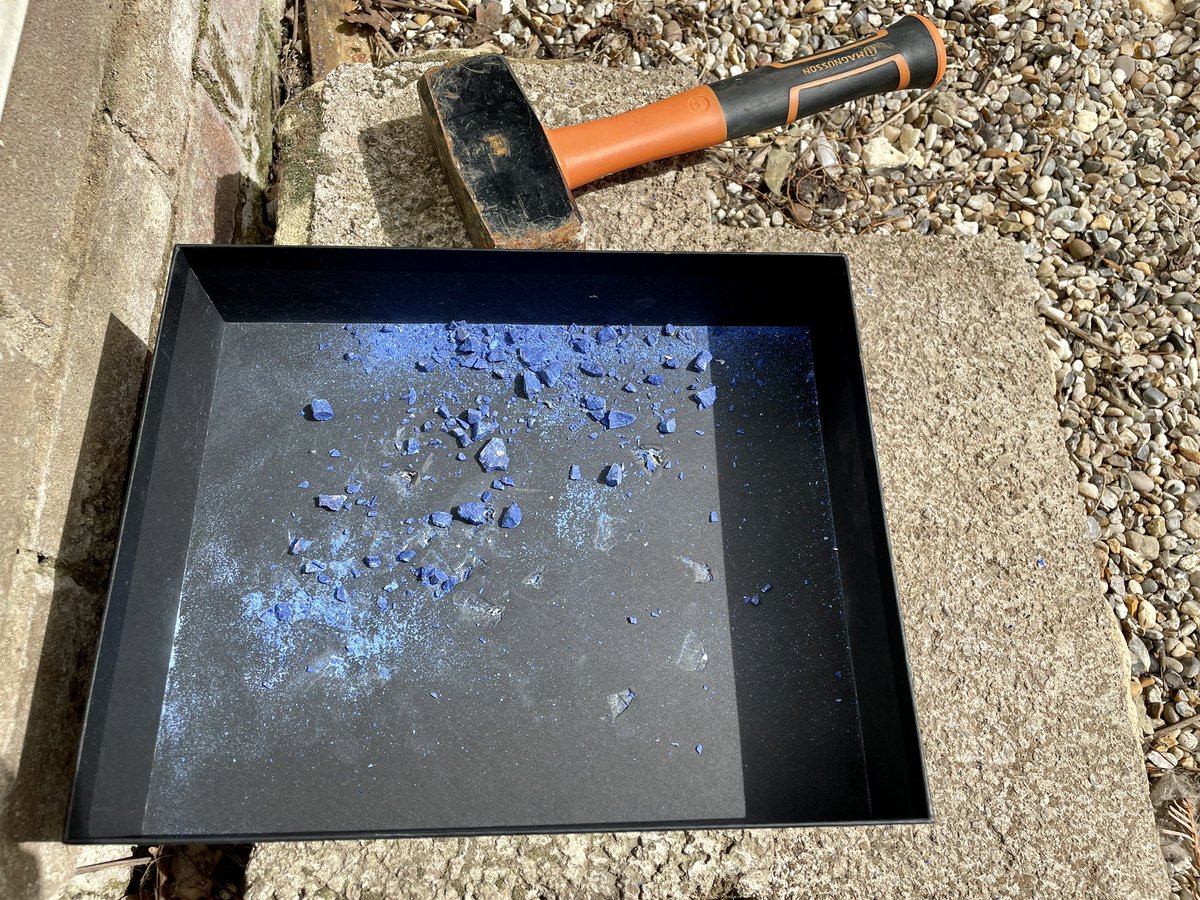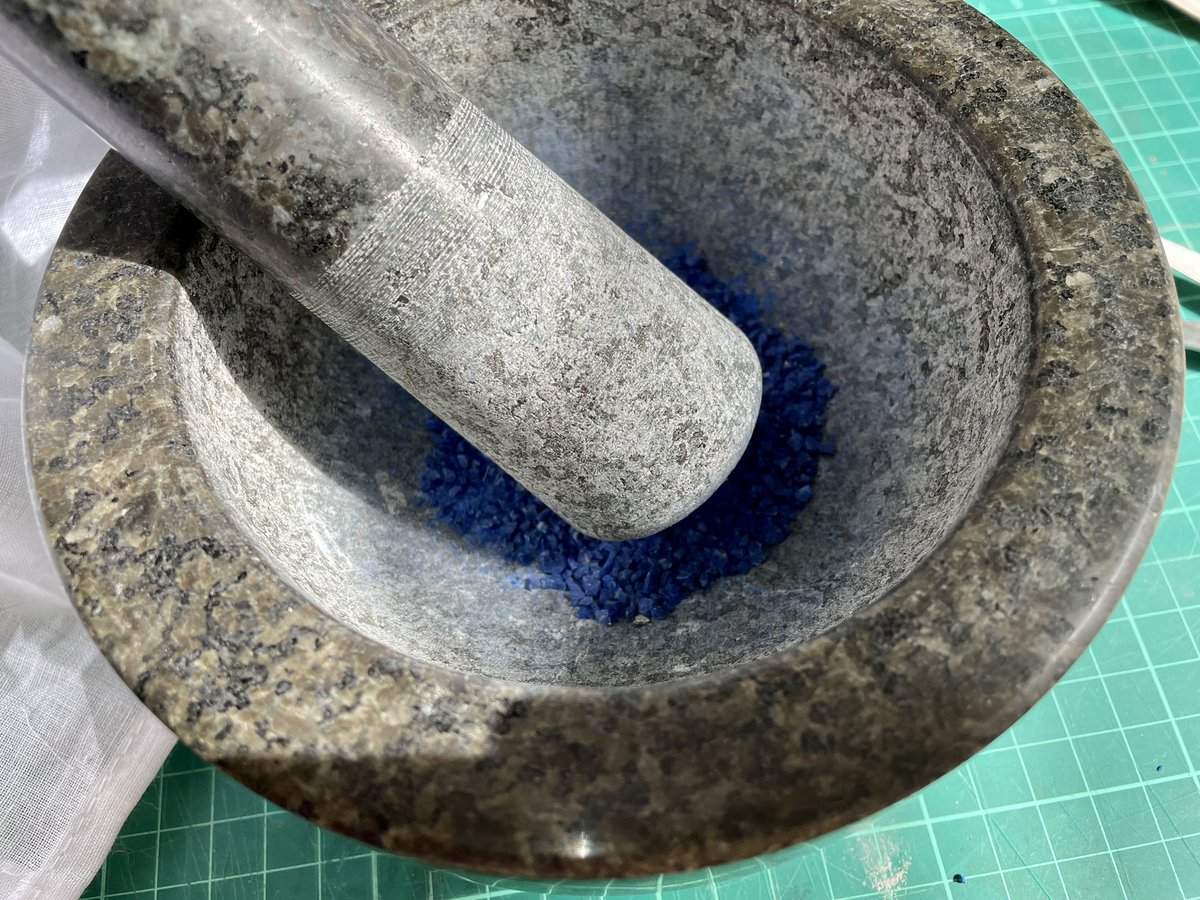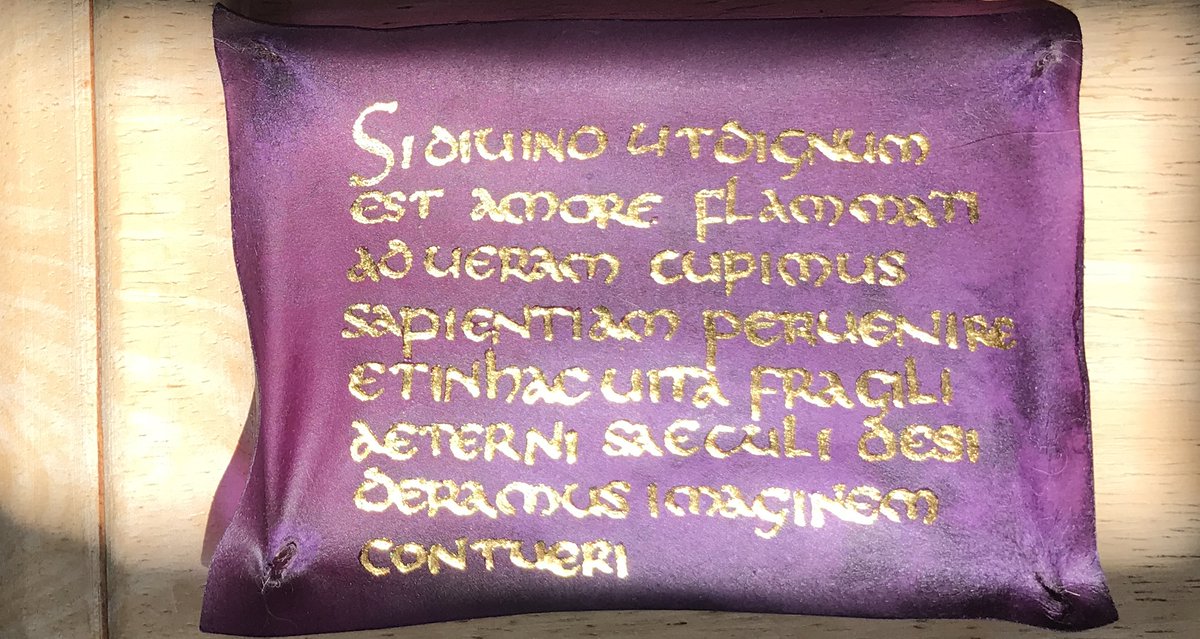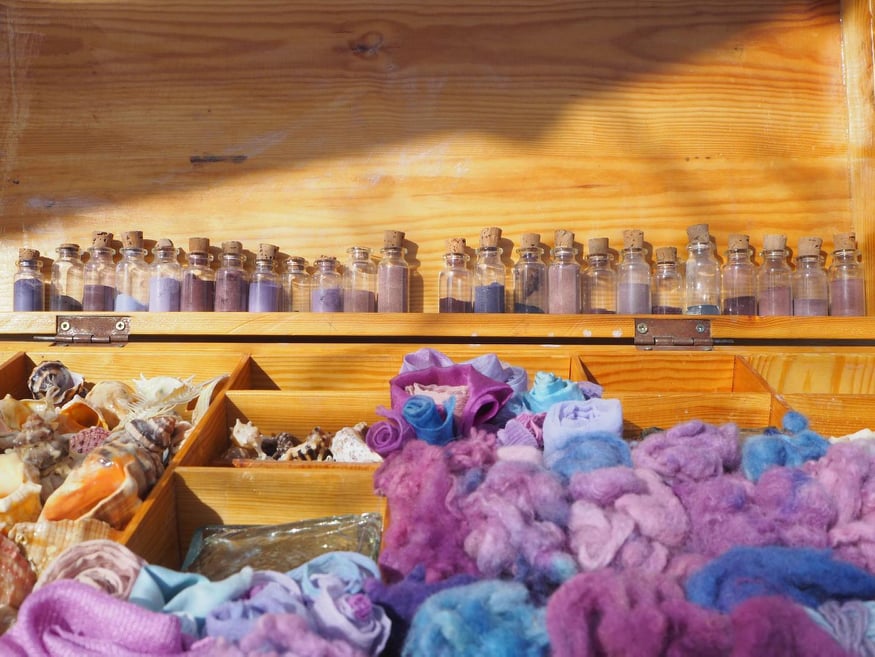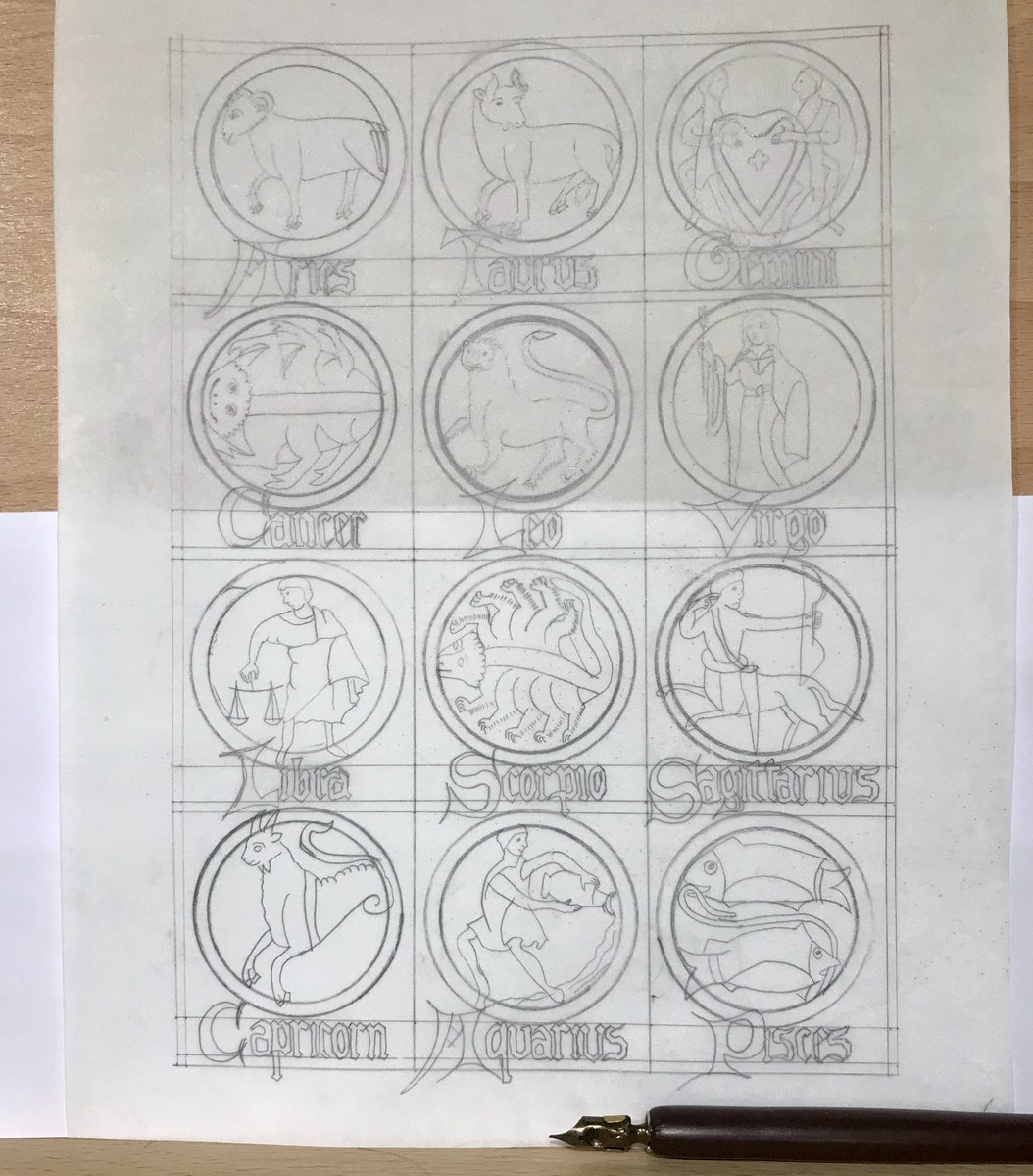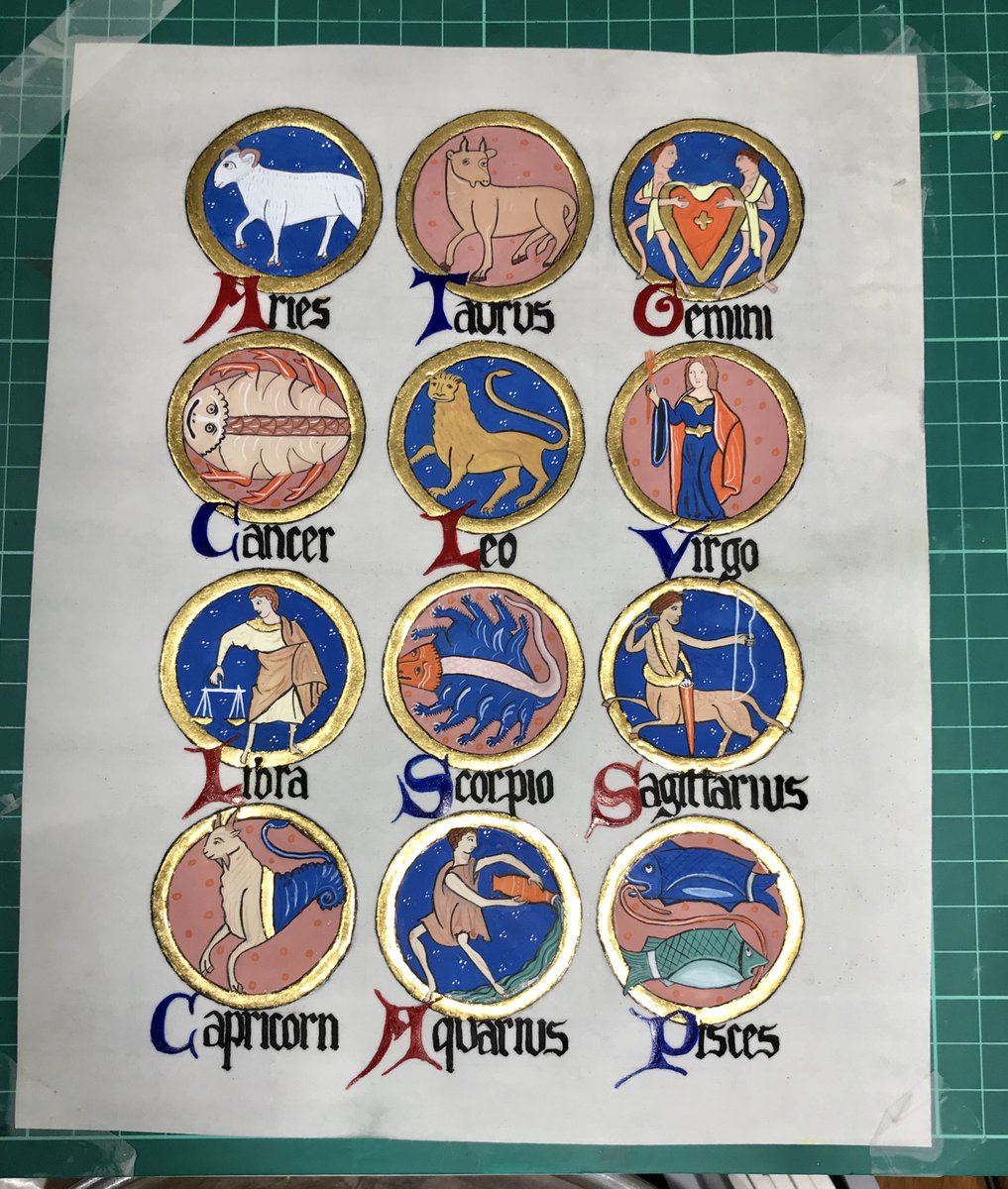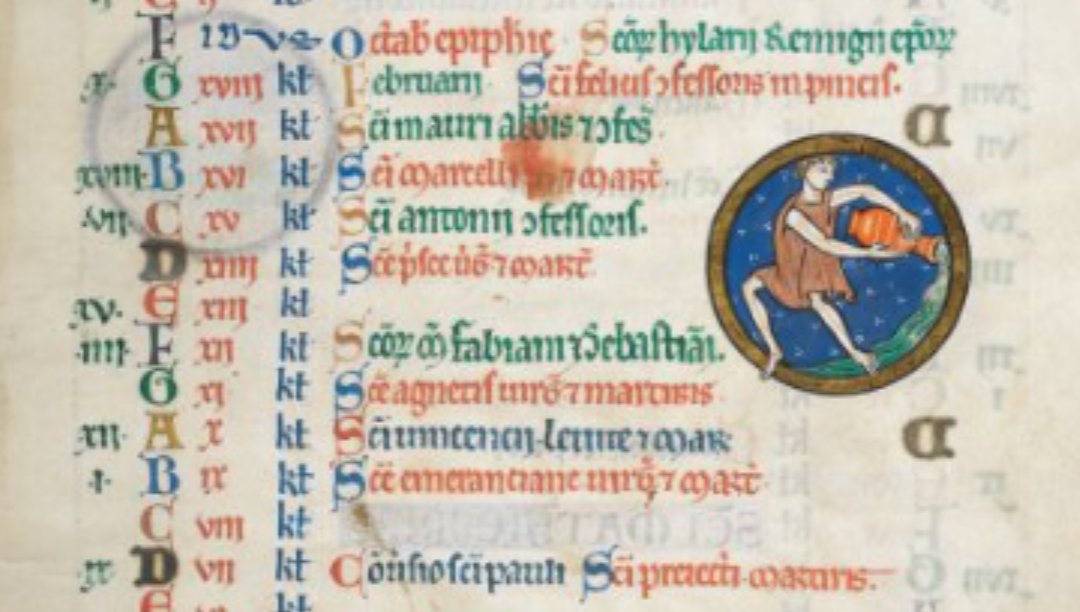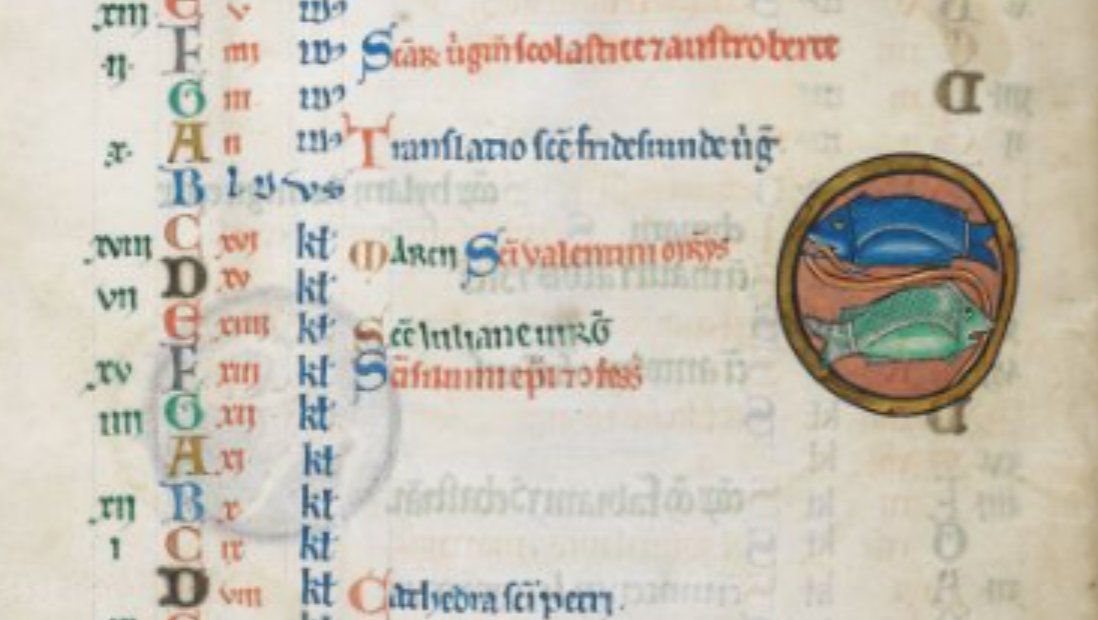
Inspired by Christopher de Hamel and in the interests of furthering manuscript research, I decided to see what parchment does indeed taste like #teachingmanuscripts
https://twitter.com/M_Castelletti/status/1578742160878235648
I'm not allowed to use a real medieval manuscript, so I used a small strip of goat parchment that I made myself 



I chewed. The texture was rubbery. The taste was uninspiring. I got a very, very tiny olfactory tingle in the back of the throat, like when you eat goats cheese but on a much lesser scale
But mostly it was just bland. After a few minutes I gave up. I would not recommend this as a tasty or nutritious snack. 0/10
To conclude:
My research question was ‘what does parchment taste like?
Result: not much 🤷♀️. Maybe medieval manuscripts are bursting with the flavour of the middle ages, but we’ll never know
Do I have to give my funding back now?
My research question was ‘what does parchment taste like?
Result: not much 🤷♀️. Maybe medieval manuscripts are bursting with the flavour of the middle ages, but we’ll never know
Do I have to give my funding back now?

• • •
Missing some Tweet in this thread? You can try to
force a refresh












